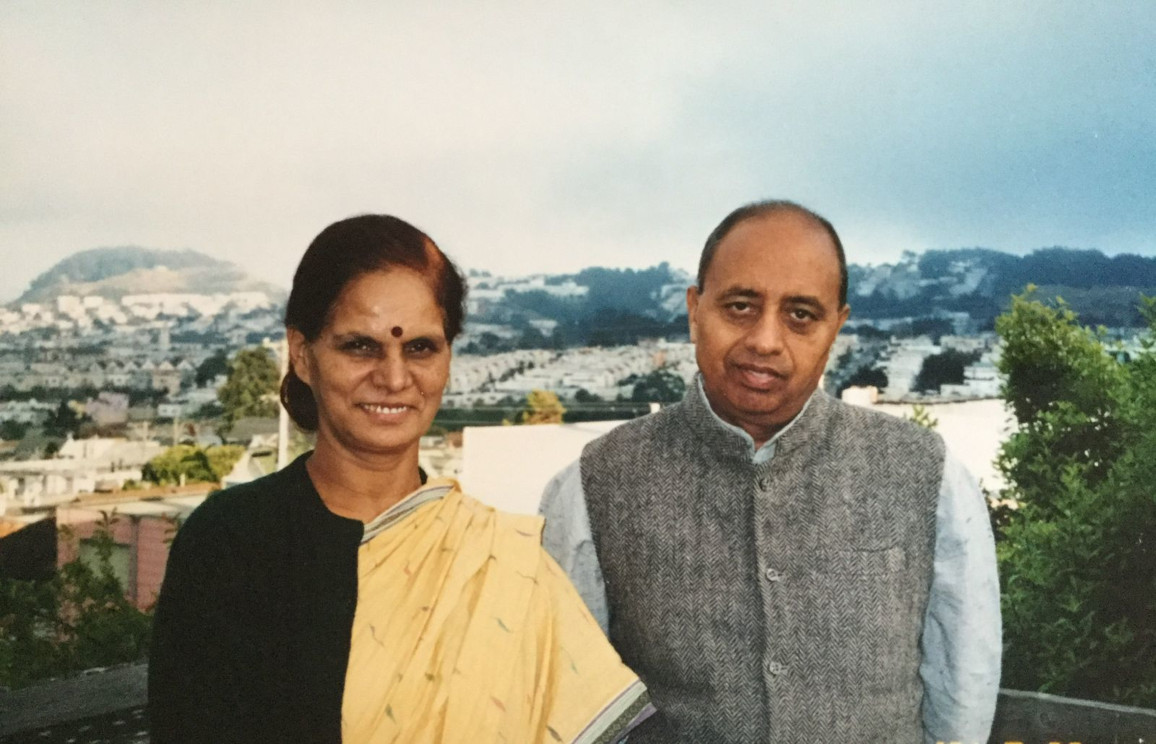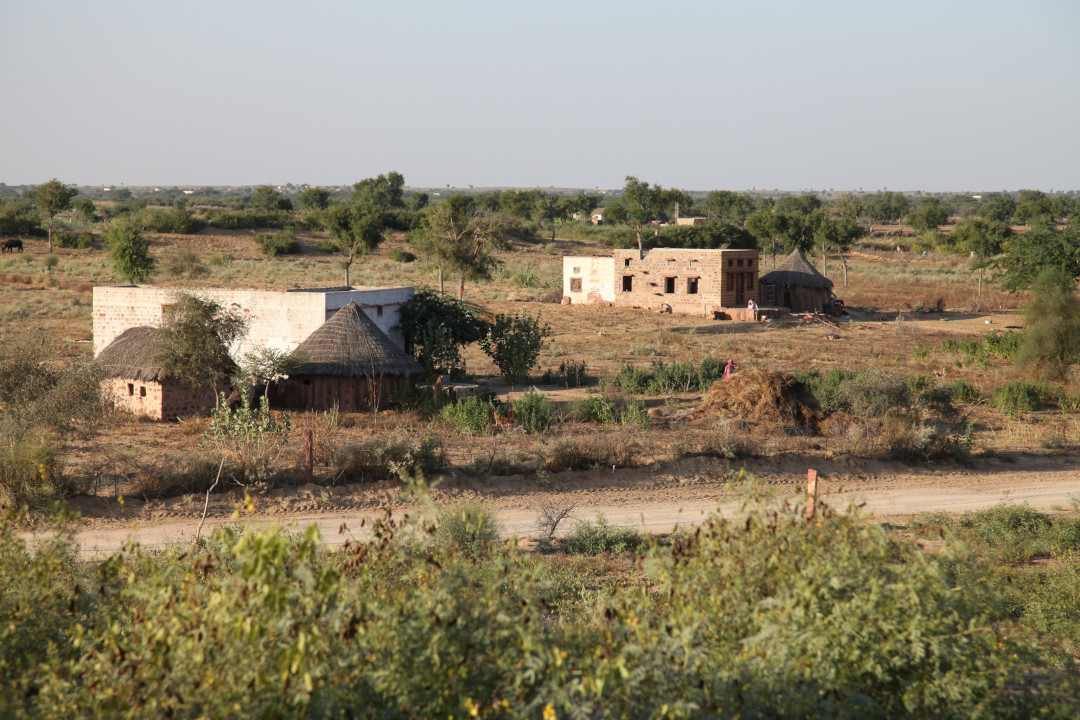History


This is why one of the most barren landscapes on earth, neglected for the longest time became a matter of grave concern. GRAVIS – Centre for People’s Sciences and Rural Development was one of the first grassroots development organizations to enter the Thar region of Rajasthan where survival of humans, animals and vegetation continued to be an undeniable challenge for centuries. Founded with the objective to serve the marginalized population of rural and remote areas of the Thar Desert by securing their livelihood through an integrated development approach and meaningful community participation, the initiative led by Late L. C. Tyagi and Late Shashi Tyagi (along with some social activists) gradually extended to the northern State of Uttarakhand and Bundelkhand region of the State of Uttar Pradesh in recent years.

The hilly to mountain terrain there poses challenges to subsistence farmers living in the area. Being located in the foothills of the Himalaya, Uttarakhand is prone to floods and with shifting climate patterns due to global warming it is most definitely at the risk of dry periods. On the other hand, Bundelkhand in U.P is a drought prone area. Farmers’ development and support therefore is substantial alongside women empowerment and programmes that focus on community health. GRAVIS also responds to relief needs during disasters across India based on resources available and existing capabilities. It also engages in learning and knowledge exchange with many other organizations in India, South East Asia, Africa and other parts of the world.
Although majority of GRAVIS’ work falls under drought mitigation caused by the water crisis in the Thar Desert, we believe in an integrated approach to sustainable development, working to not only enable a secure and safe source of water for drinking and irrigation, but also transforming lives through education, healthcare, microfinance and advocacy for the rights of those more vulnerable in society.
For an in-depth insight on GRAVIS’ genesis, its growth and development over the first 25 years since its origin, we have a special publication ‘The Story of GRAVIS’ authored by Hayden Kantor. This document is the closest original account of GRAVIS’ journey as it highlights our struggles, learning and successes we have achieved over the course of time with the generous support of communities and partners who believed in us and shared our values.

